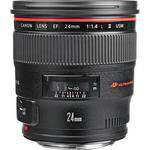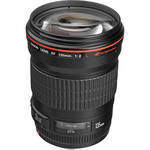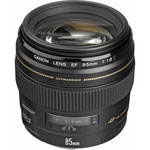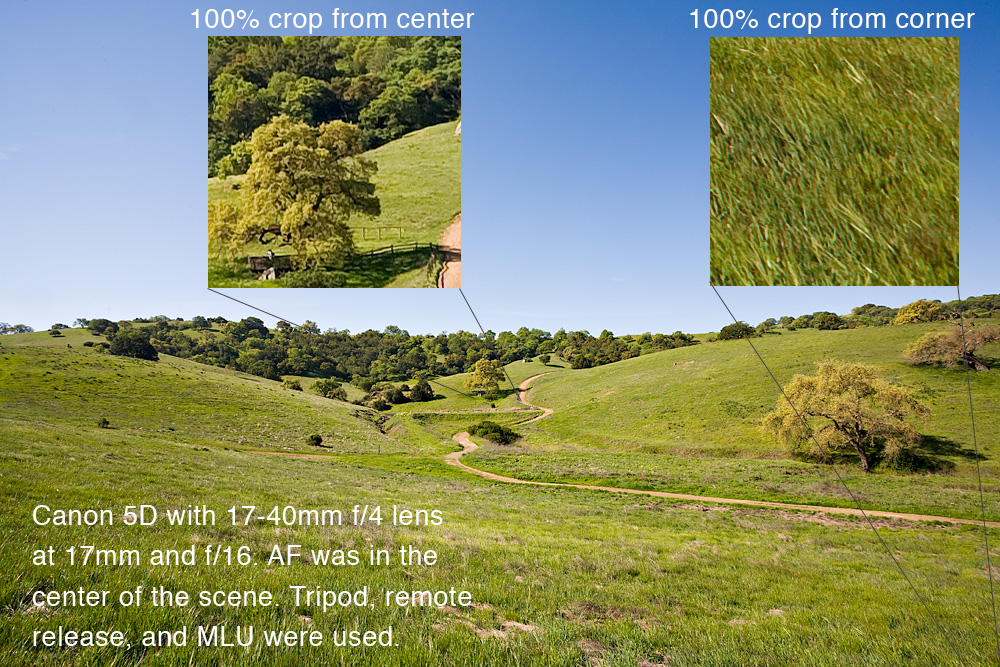UPDATE — November 3, 2014:
Three of the four lenses that I’m selling have now found new homes, but the Canon EF 24mm f/1.4 L II prime is still available.
 Canon EF 24mm f/1.4 L II – This is the newest version of Canon’s wide-angle, large-aperture 24mm prime lens know for its excellent image quality and performance at large apertures. This lens is in essentially “like new” condition — no scratches or blemishes, as it was purchased for a particular project and only used minimally for that purpose. Lens, caps, hood, pouch, original box. Reduced to $1300.
Canon EF 24mm f/1.4 L II – This is the newest version of Canon’s wide-angle, large-aperture 24mm prime lens know for its excellent image quality and performance at large apertures. This lens is in essentially “like new” condition — no scratches or blemishes, as it was purchased for a particular project and only used minimally for that purpose. Lens, caps, hood, pouch, original box. Reduced to $1300.

Canon EF 135mm f/2 L – The Canon 135mm f/2 is classic Canon lens and highly regarded for image quality and its ability to produce narrow depth of field and smooth bokeh. This lens is in excellent “near mint” condition — no scratches or blemishes. Lens, caps, hood, pouch, original box. $875. – SOLD

Canon EF 85mm f/1.8 – This is one of Canon’s best non-L lenses, and many regard it as a worthy (and much less expensive!) alternative to the excellent 85mm L. It is in excellent condition — no scratches or blemishes. Lens, caps, 3rd party hood*, original box. $300. (Canon does not include a hood with this lens.) – SOLD

Canon EF 17-40mm f/4 L – This is a fine workhorse landscape lens, and it is a core lens in the kit of many Canon landscape photographers. The lens is in excellent condition, with some cosmetic blemishes on the lens hood. Lens, caps, hood, original box. $610. – SOLD
I prefer an in-person sale to someone in the San Francisco Bay Area, but I may consider other arrangements. Email dan@gdanmitchell.com.
 G Dan Mitchell is a California photographer and visual opportunist whose subjects include the Pacific coast, redwood forests, central California oak/grasslands, the Sierra Nevada, California deserts, urban landscapes, night photography, and more.
G Dan Mitchell is a California photographer and visual opportunist whose subjects include the Pacific coast, redwood forests, central California oak/grasslands, the Sierra Nevada, California deserts, urban landscapes, night photography, and more.
Blog | About | Flickr | Twitter | Facebook | Google+ | 500px.com | LinkedIn | Email
Text, photographs, and other media are © Copyright G Dan Mitchell (or others when indicated) and are not in the public domain and may not be used on websites, blogs, or in other media without advance permission from G Dan Mitchell.

